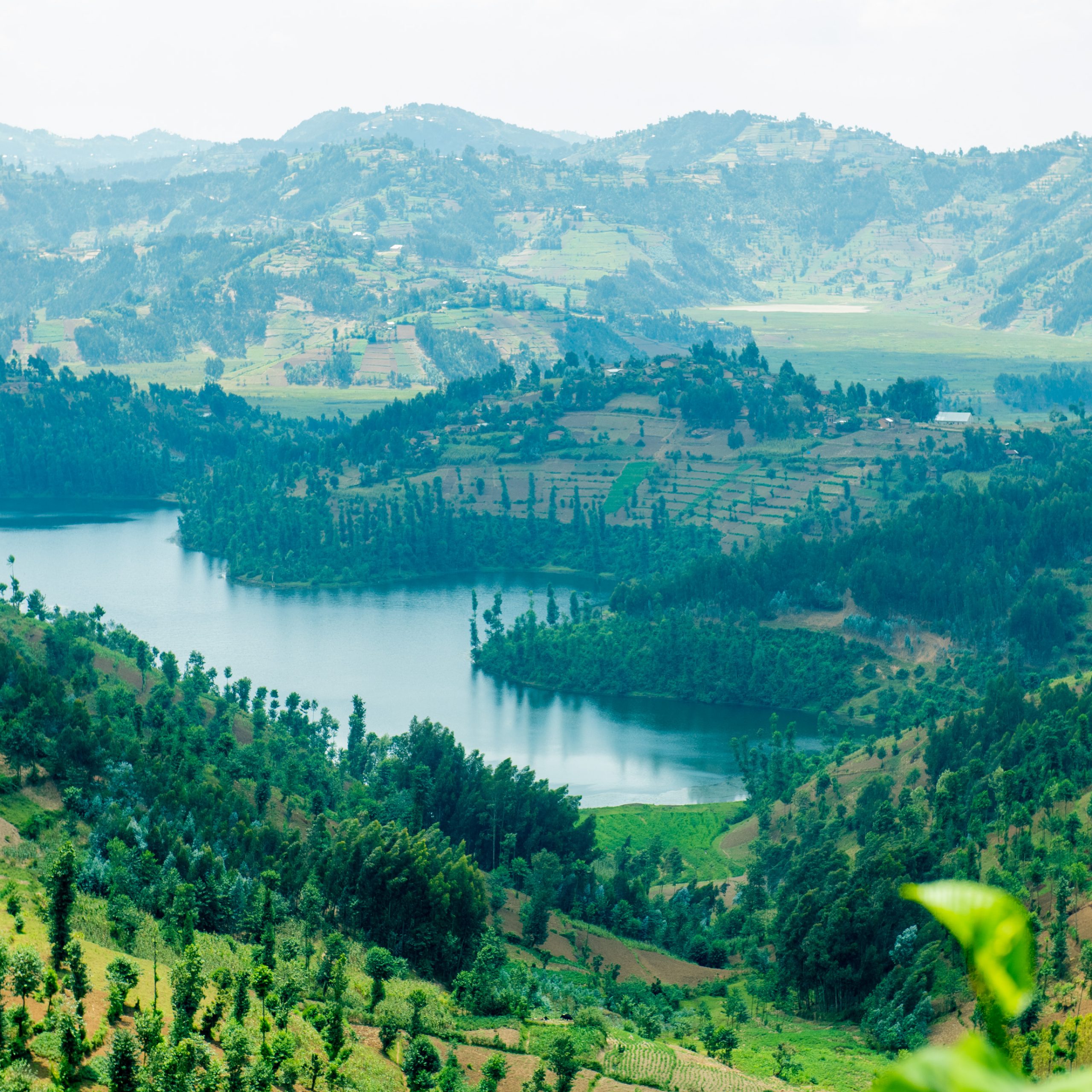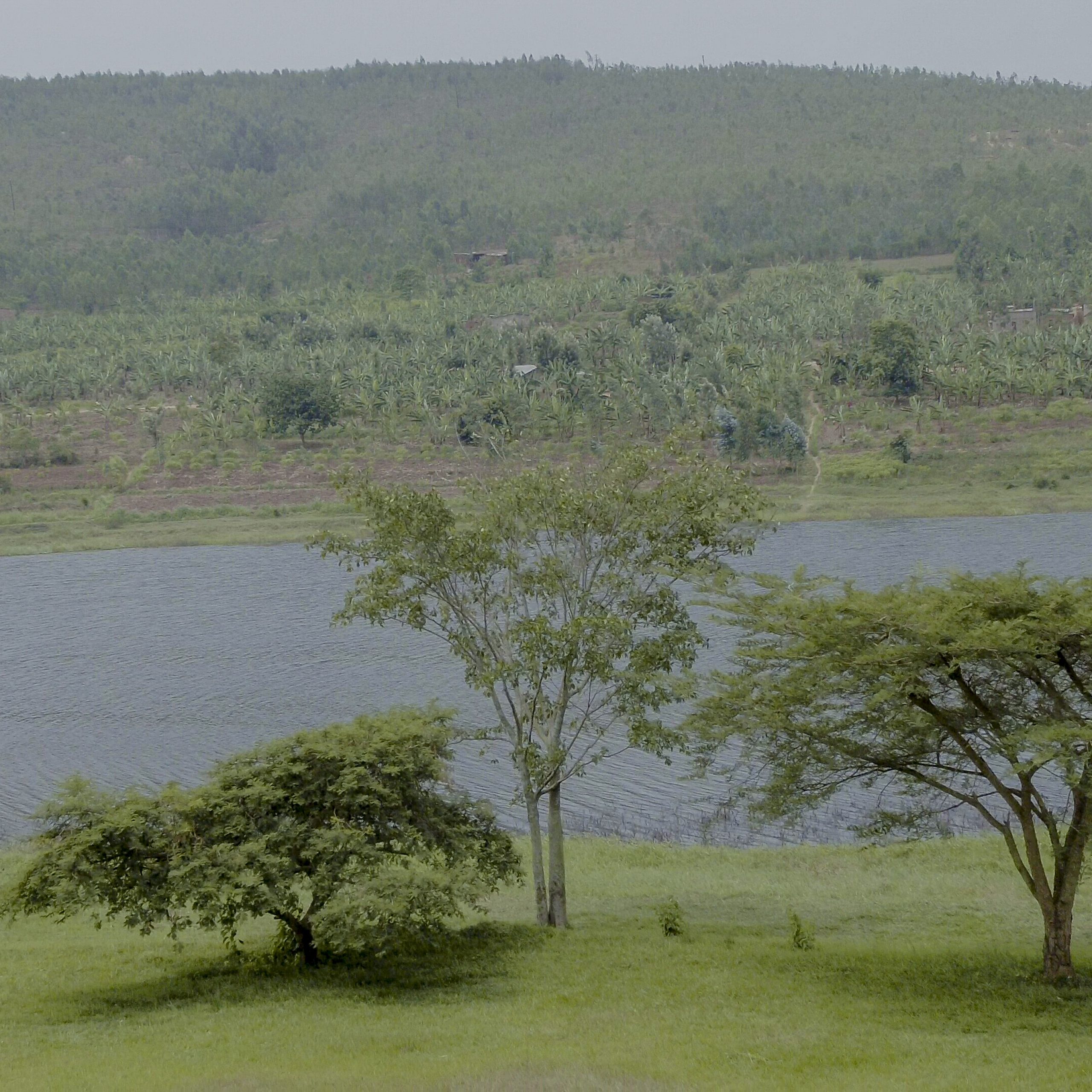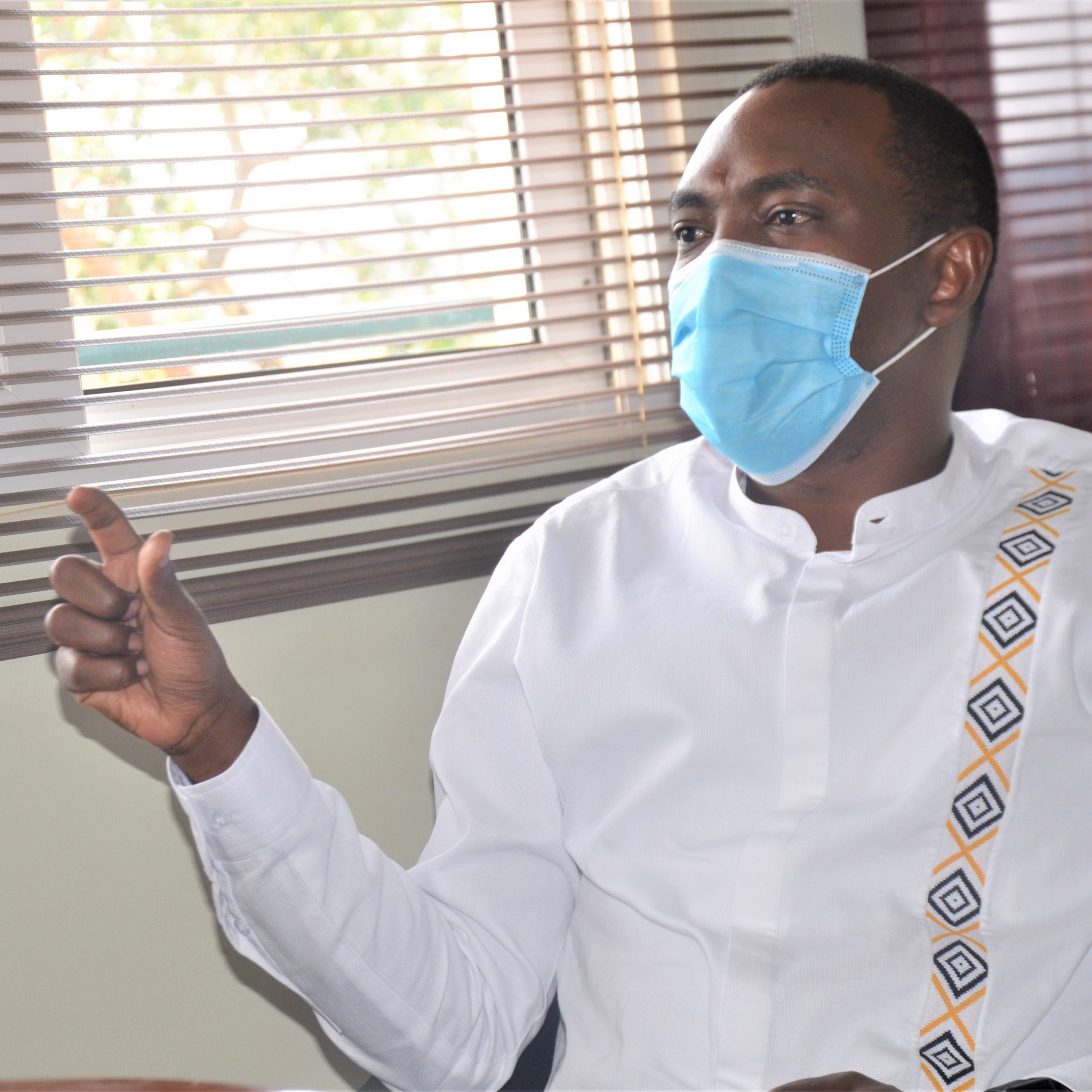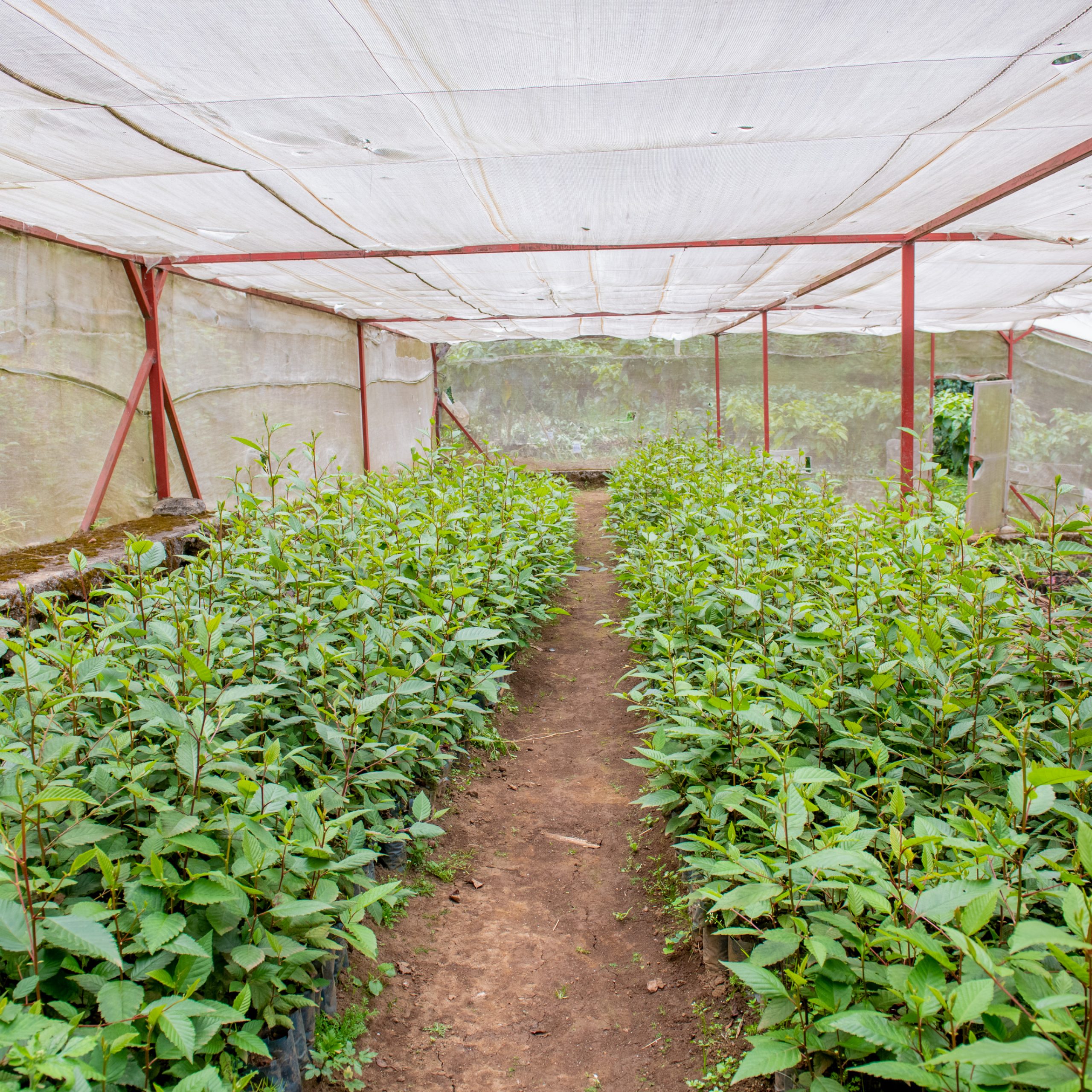
IUCN has been providing Technical Support in Forest Landscape Restoration and Integrated Water Resources Management in Rwanda
On 23 July, the International Union for Conservation of Nature (IUCN) released the new set of Global Standard for Nature-based solutions (NbS) that will act as a benchmark for preserving nature with intent to promote sustainable green growth.
Until last week there has been no agreed framework or standard as to what constitutes an effective approach to implement nature-based solutions and the holistic impact of some of the global green activities have been easy to monitor.
IUCN said the new standards, with 28 indicators, will help governments, business and civil society ensure the effectiveness of nature-based solutions and maximise their potential to help address climate change, biodiversity loss and other societal challenges on a global scale.
More than 130 countries, including Rwanda have already included NbS actions – such as reforestation, green infrastructure, sustainable agriculture and aquaculture, or coastal protection – in their national climate plans under the Paris Agreement.
The Ministry of environment with its affiliated agencies are working with IUCN to continue ongoing efforts in Forest landscape restoration. The recent assessment using Bonn Challenge Barometer by IUCN revealed that Rwanda has exceeded 30% forest cover target by 2020 and achieved 30.4 % already.

indigenous-trees
Others include the ongoing Sebeya ecosystem restoration project so far constructed terraces on 312 hectares while anti-erosion ditches are on 805 hectares in Rubavu District, recovery of occupied wetlands in city of Kigali as part of green growth.
In an exclusive interview, Charles Karangwa, the IUCN-Rwanda Country Representative, said that Rwanda has already embarked on implementing most of the standards and the next move is to scale up existing practices to have a sustainable impact on the economy and biodiversity.
In so doing, Karangwa revealed that Rwanda will launch a 10-year tree planting campaign that will change Rwanda’s narrative of planting trees to focus on monitoring tree growth and impact on ecosystem and biodiversity.
A National environment assessment shows that the survival rate of trees is at 30% of the trees grown in Rwanda, as a result of lack of follow up, nurturing and monitoring.
Karangwa said that the new campaign will enable government and key environmental players to raise awareness in which citizens can plant a tree and view it as an investment.
“We want to move from tree planting as a hobby but also are changing the campaign narrative from planting a tree to growing a tree, maintaining a tree,” Karangwa said.

Charles Karangwa, IUCN Country representative in Rwanda
To make sure this happens, IUCN Rwanda has published a forest cover plan for each of the 30 districts in Rwanda that will be used to focus on monitoring tree growth.
This will be followed by a new program in partnership with Rwanda Forest Management Authority (RFA) to restore indigenous trees in Rwanda, a project that will start in 2021- 2025 in the eastern province at a cost of Rwf4billion (€4m).
“We will still plant trees but not eucalyptus. We will mainly focus on indigenous, but we are not going to plant any more eucalyptus trees,” Karangwa said.
The Ministry of Environment National forest cover map shows that between 1990 and 2010, Rwanda lost 37% of its forest cover due to forest degradation but more than 3,000 hectares had been rehabilitated in the Nyabugogo, Muvumba, Sebeya ad Upper Nyabarongo catchments.
However, of the 67% forest cover in Rwanda, the eucalyptus plantations remain dominant making up 89% of all forest plantations, followed by Pinus (6.5%), mixed forest (3.1%), and
An IUCN-Rwanda in pilot research on Indigenous tree Species with High Potential for Restoration in Gatsibo and Gicumbi districts shows that 45 indigenous tree species are still surviving and mainly used for medicinal purposes.

New species of trees
Karangwa said that this evidence has called for a need to diversify current forest seed stock by restoring indigenous trees which have all-around benefits that meet the NbS global standards.
IUCN Rwanda stated that it plans to focus on the eastern province because it is the former food basket of Rwanda which, just like Kigali city, has the lowest forest cover compared to other regions.
A report on distribution of forest plantations areas by province shows the southern province with the highest forest plantation of over 150,000hectares followed by the Werstern Province(140,000ha) while the Northern province has 60,000hectares and the Eastern Province with less than 40,000hectares. Kigali grows trees on 10,000 hectares.

